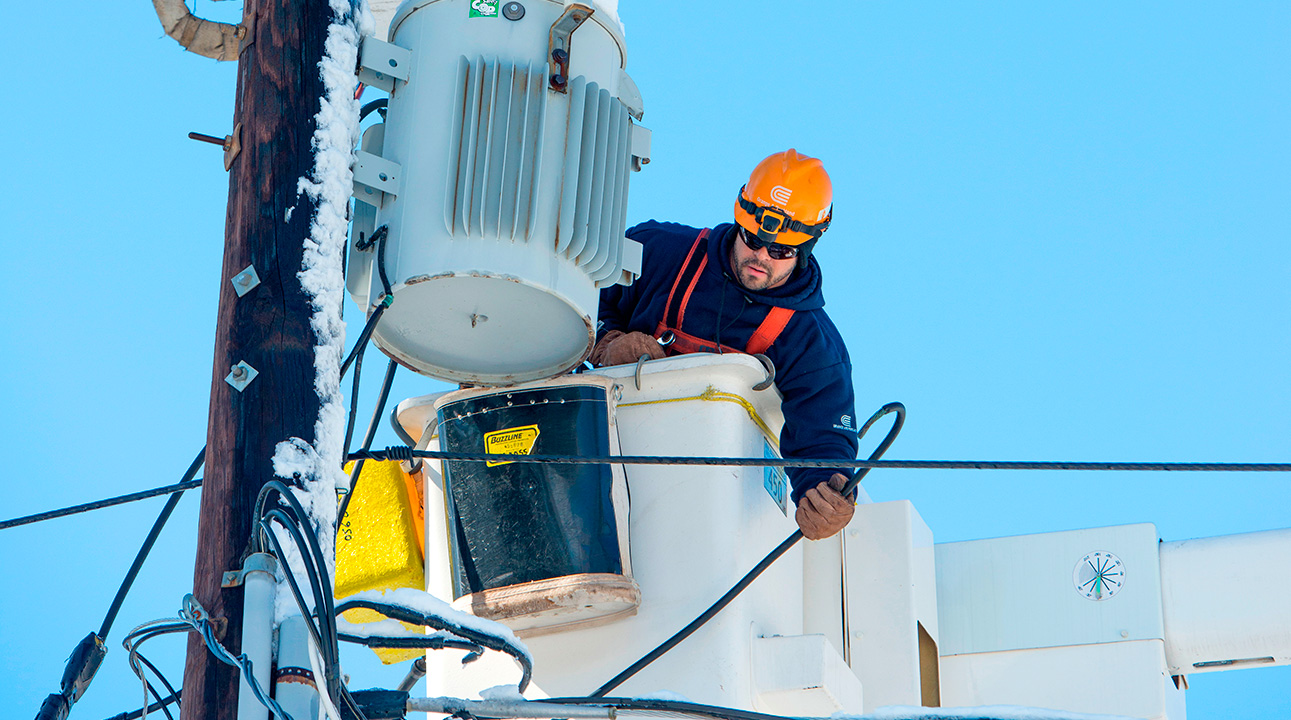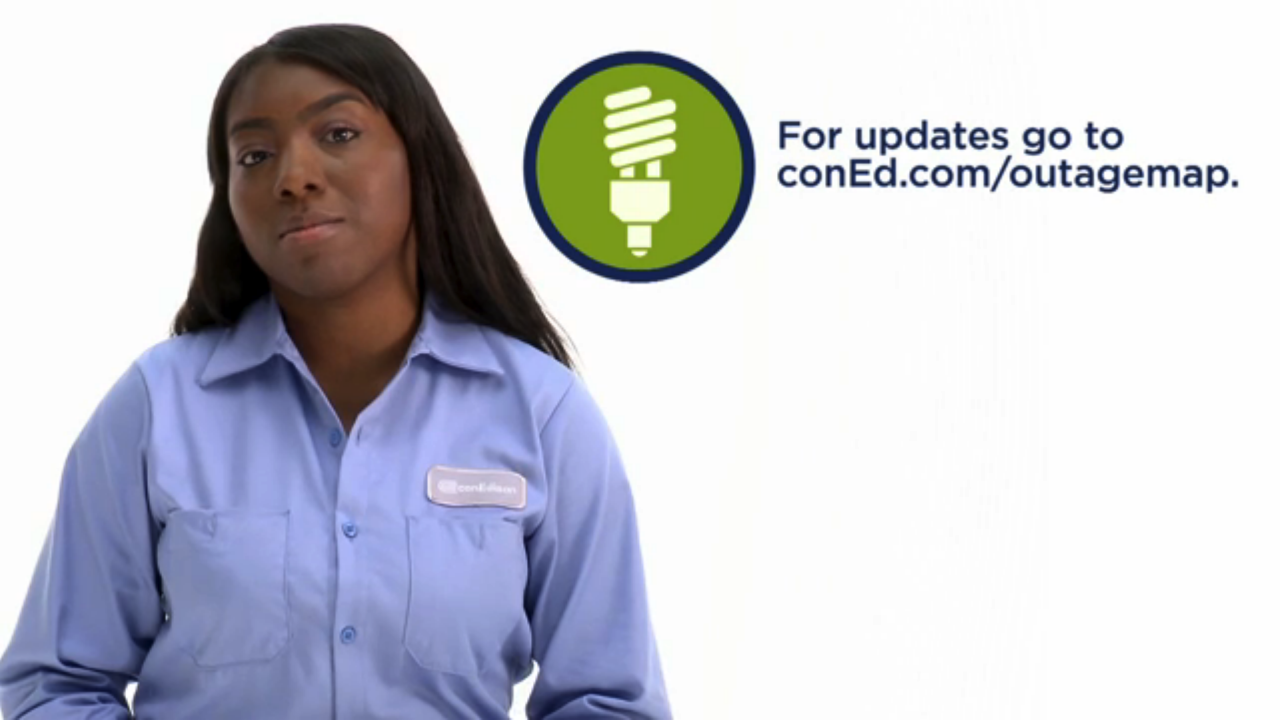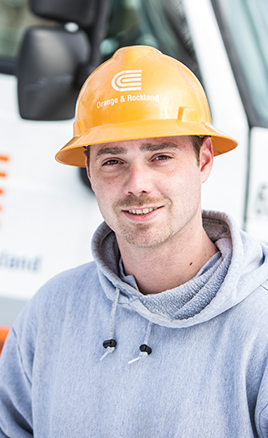

Maintaining our world-class service reliability is a top priority for Con Edison. Our investments in our electric, gas, and steam infrastructure demonstrates our commitment to providing reliable service for our customers today and for decades to come.
Con Edison of New York’s 2014 reliability performance on the System Average Interruption Frequency Index (SAIFI) for 2014 included 107 per 1,000 system customers served, 343 per 1,000 non-network customers served, and 25.2 per 1,000 network customers served. Performance on the Customer Average Interruption Duration Index (CAIDI) for the year included 3.02 hours, 1.83 hours, and 8.62 hours, respectively.
Con Edison is known for being one of the most reliable electric service providers in the U.S.—and has been the recipient of numerous reliability awards over the years, including PA Consulting’s 2014 ReliabilityOne award for the Northeast region.
 During the winter of 2013/2014 CECONY and O&R service territories experienced a polar vortex, a large pocket of very cold air, which sits over the polar region during the winter season and finds its way down to the U.S. Because of this phenomenon the winter had 32 days below freezing and 18 snow days, which was more than any year in the past five years. CECONY also saw the largest amount of rock salt dispersed in NYC in the last five years – 122% higher than the average amount of salt in the previous four years. The mixture of salt and water is highly conductive of electricity and advances the deterioration of cables, connections, and transformers creating the short-term result of increases in electrical shocks and failure of underground electrical equipment and the long-term result of the potential for future electric equipment failures. The number of electric shocks and manhole events more than doubled over the preceding winter. Despite the impacts of the polar vortex, Con Edison continued to provide reliable and cost effective service to its customers. The Company earned the PA Consulting Group’s 2014 Outstanding System Reliability Award. The award recognizes superior annual system-wide reliability performance for customers. We were also named best in the Northeast Region.
During the winter of 2013/2014 CECONY and O&R service territories experienced a polar vortex, a large pocket of very cold air, which sits over the polar region during the winter season and finds its way down to the U.S. Because of this phenomenon the winter had 32 days below freezing and 18 snow days, which was more than any year in the past five years. CECONY also saw the largest amount of rock salt dispersed in NYC in the last five years – 122% higher than the average amount of salt in the previous four years. The mixture of salt and water is highly conductive of electricity and advances the deterioration of cables, connections, and transformers creating the short-term result of increases in electrical shocks and failure of underground electrical equipment and the long-term result of the potential for future electric equipment failures. The number of electric shocks and manhole events more than doubled over the preceding winter. Despite the impacts of the polar vortex, Con Edison continued to provide reliable and cost effective service to its customers. The Company earned the PA Consulting Group’s 2014 Outstanding System Reliability Award. The award recognizes superior annual system-wide reliability performance for customers. We were also named best in the Northeast Region.
Con Edison of New York’s electric system performed very well in 2014, successfully serving a peak demand of 11,763 MW on Wednesday July 2nd. However, electric delivery volumes decreased 1.1 percent from 2013 and were 0.9 percent lower than budget. After adjusting for variations, primarily weather, delivery volumes were 0.1 percent below 2013 and 0.3 percent below budget. Distribution feeder lines marked their best performance in 10 years and the system experienced fewer transformer failures than in any of the past eight years. Orange and Rockland successfully met a peak demand of 1,370 MW on July 2, 2014 at 3 p.m. The system performed well throughout the remainder of the year.
Con Edison of New York and Orange and Rockland completed key electric infrastructure improvement initiatives in 2014, fortifying lines and equipment across the service territory. CECONY’s robust and wide-reaching storm hardening program continued into its second year and began to reap important system benefits. In 2014, the Company installed submersible switches and replaced non-submersible transformers with submersible units. The Fulton and Bowling Green networks in Manhattan and the Brighton Beach network in Brooklyn were redesigned to allow flooded equipment and/or areas to be isolated instead of de-energizing the entire network.Based on analysis of actual damage sustained on the overhead distribution systems this year, CECONY estimates that more than 43,000 customer interruptions were avoided in 2014 as a result of the automatic switches and fuses that have been installed system-wide. CECONY also increased the reliability of 9 overhead auto loop systems by establishing spur loops and installing more resilient equipment. For its electric distribution substations, CECONY introduced improvements in 31 area substations.
To provide for reliable service in the future, CECONY, along with other NY investor-owned utilities, formed the NY Transco LLC, a transmission company whose mission will be to construct and own transmission facilities that will reinforce and augment the existing backbone system in NY. Three projects have been identified for NY Transco: (i) a Ramapo to Rock Tavern line; (ii) the Staten Island Unbottling project; and (iii) the Fraser to Coopers Corners Reconductoring project.
Con Edison of New York and Orange and Rockland safely and reliably supply natural gas to more than 1.2 million gas customers. The fuel provides many benefits, including lower emissions and more moderate prices than heating oil alternatives. To meet rising customer demand, we are enhancing our infrastructure to increase capacity and to protect our customers from any reliability impact that might arise from a disruption to the interstate pipeline system.
For all its benefits, natural gas also has risks. The invisible fuel dissolves in air and can only be detected by an odorant that is added to the fuel for safety or by specialized instrumentation. To protect customers, Con Edison of New York and Orange and Rockland immediately respond to leak reports, and identify, repair, and replace leak-prone pipes, and survey the system for new damage following weather events.
Con Edison customer use of natural gas reached its peak for the 2014/2015 winter season through January at 1,118 MDt on January 7, 2015. Con Edison of New York’s total sales and transportation of natural gas exceeded 307,000 million MDt by year end, nearly 10 percent higher than in 2013.
In Orange and Rockland, customer demand also peaked on January 7, 2015 at 191 MDt. Throughout the year, Orange and Rockland customers used 27,000 million MDt of natural gas, nearly 6 percent more than in 2013.
Con Edison provides steam service for 1,691 accounts, representing approximately three million customers in Manhattan through an underground network of steam pipes. By generating steam primarily through cogeneration, we provide efficient steam production and reduce emissions that would otherwise be generated by customer-sited boilers and equipment. Con Edison’s steam system is evolving to reduce costs to customers, sustain optimal reliability, and help improve our environmental footprint.
Our steam system performed well in 2014, meeting a peak demand of 8.9 million pounds on January 23. The system experienced no major service disruptions, maintaining its reliability rate of 100 percent. Our focus on public safety continued in 2014, progressing with the development and integration of the remote monitoring of structures prone to impact following major weather events.
Steam Accomplishments
One steam generating station eliminated the need for the existing 1,000 gallon bulk caustic storage tank, which is currently regulated by the jurisdiction of the New York State Department of Environmental Conservation (NYSDEC), and replaced it with two 120-gallon storage units. This effort has made the station environmentally friendlier and safer for our employees, while also reducing operating costs by approximately $15,000 per year in fees and inspections. This effort also eliminated the need for hazardous bulk chemical deliveries to the station. One steam generating station was awarded third place among 84 national stations considered for Emerson’s 2014 Reliability Program of the Year. The station used new technologies and process changes to streamline preventative maintenance work and reduced the forced outage rate. These measures increased steam availability to provide customers with a more economical and sustainable energy source.
Two Con Edison steam generating stations that were converted from oil to natural gas in 2013 cut CO2emissions by 21 percent (132,676 tons) in 2014. This reduction in emissions and fuel costs saved approximately $90 million, resulting in about a 10-percent drop in costs for our steam customers. All converted units remain capable of burning an alternate fuel in a supply shortage. This capability is particularly important to maintaining reliability and moderating price impacts during periods of high demand for natural gas. In 2014, another Con Edison steam generating station upgraded its kerosene system for operational purposes and installed new NOx burners to help lower the NOx output of the station.